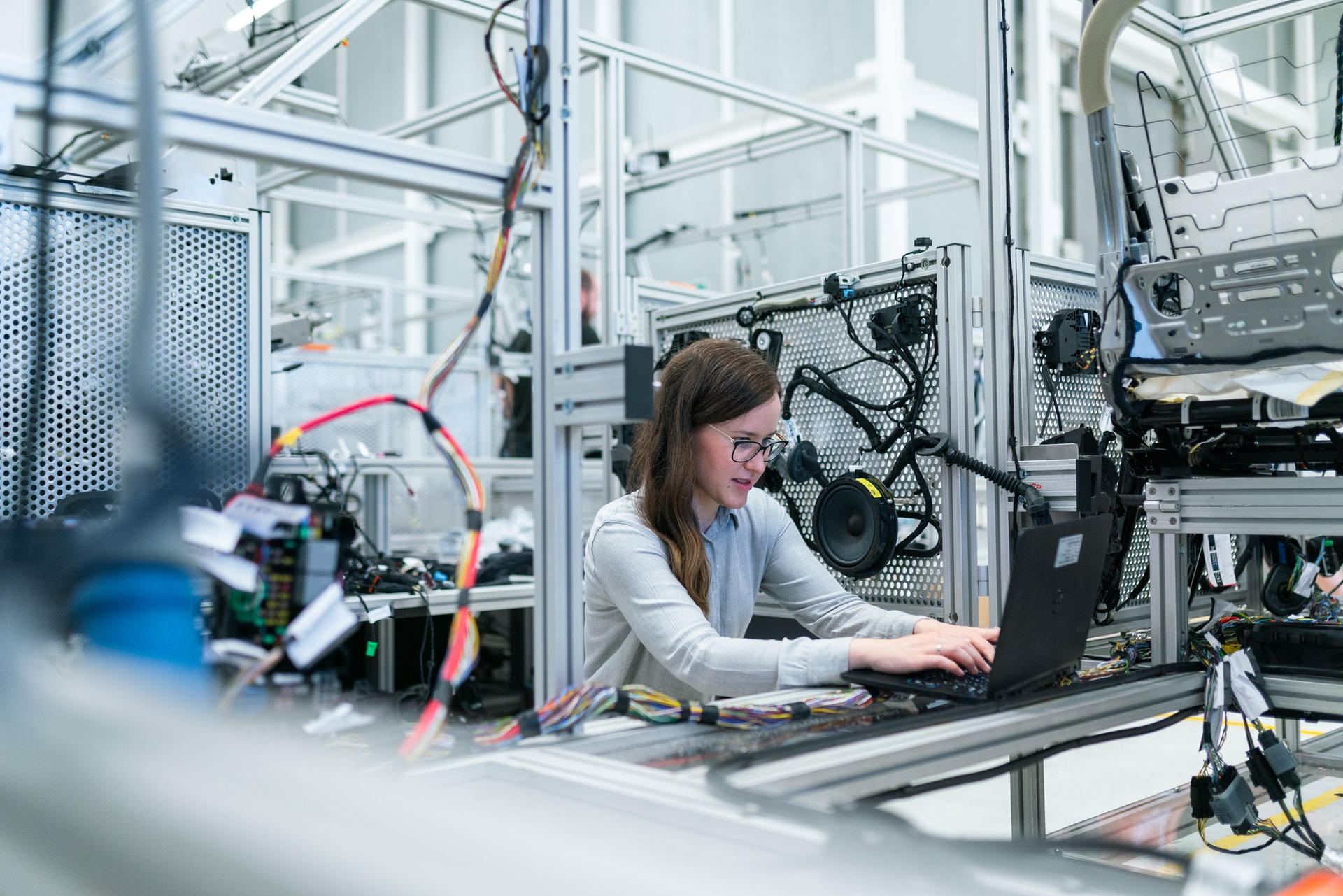For asset-intensive businesses that use lots of machinery, regular maintenance is crucial.
Without machine checks and maintenance, equipment will run into problems or even break down. That can be disastrous for workflows.
So, for facilities to remain efficient, machine maintenance must be consistently performed. But the maintenance itself can become more efficient when you use the right software in the right ways.
Let us explore exactly how the maintenance industry is utilizing software for better efficiency.
Maintenance History Is More Easily Accessible
Computerized maintenance management system software, commonly known as CMMS software, has revolutionized the efficiency of maintenance operations.
For one thing, it contains an easily accessible and searchable maintenance history feature to find all reports needed to complete maintenance checks and to service machines.
Instead of having to walk across factory floors, find out the status of maintenance work orders and previous asset repairs, all the information a technician requires can be reviewed within minutes by using software.
Thus, maintenance operations are sped up considerably and decisions can be made faster. In turn, that means less machinery downtime.
So, having access to maintenance history at your fingertips really does improve efficiency in several ways.
The Document Attachment Feature Speeds Up Maintenance Operations
Before any maintenance job begins, technicians could need to find a variety of documents, such as manuals, warranties, troubleshooting guides, and diagrams.
When those documents are paper-based or spread across various digital systems, it can be time-consuming and problematic to find the right documentation.
In contrast, with CMMS software, there will be no delays due to its attachment feature.
Supplementary documentation can easily be uploaded and attached to software folders. Therefore, technicians only need to look on their smartphones to find the information they need.
In turn, a considerable amount of time can be saved and more machine maintenance can be performed in a shorter amount of time, leading to less machinery downtime.
The Inventory Management Feature Ensures Parts Are Replaced Without Delay
When companies have lots of machinery, it is probable that many will come with parts that need replacing from time to time.
That is one reason why maintenance is so crucial. If machines are not checked and serviced, no one will be aware that parts are wearing thin or showing signs of other damage.
CMMS software comes with an inventory management feature that ensures parts are always in stock when needed. The software can also indicate precisely where parts are located in stockrooms.
Furthermore, the software’s inventory management feature contains purchase order histories and vendor contact information, so parts that need replacing can be quickly identified and ordered.
Standardized Service Requests Prioritize Maintenance Tasks for Greater Efficiency
When the maintenance industry does not use software, job prioritization can come down to the decisions made by individual technicians, with no coordination.
For example, a technician could get a call with an urgent job and make the decision to put other tasks on hold. But because the technician’s work is an integral cog to the efficiency of the entire production chain, rearranging priorities without any awareness of the larger picture can significantly reduce a facility’s operational efficiency.
On the other hand, with CMMS software, processes can become standardized and maintenance issues can become automatically prioritized.
Furthermore, with a formal maintenance request system facilitated by software, technicians save time because they are able to view all maintenance requests in one centralized location.
Summing Up
Each of the above ways in which software makes maintenance more efficient is important for creating greater efficiency. But when they are combined, they have the potential to dramatically increase efficient operations, which leads to higher productivity and profits.







